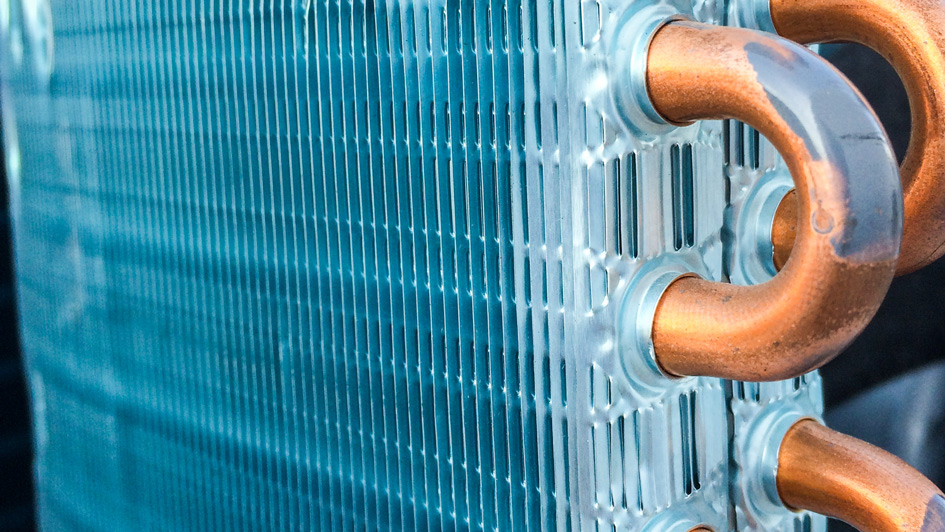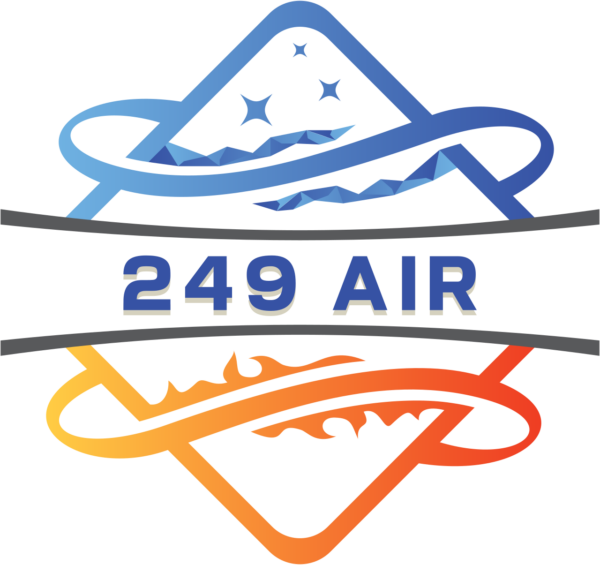
A furnace is often a background player for your home, keeping you warm across the cold winter months. It regularly isn't noticed until something breaks down.
One root cause might be that your furnace has a cracked heat exchanger. It’s a potentially dangerous issue, so it’s critical to learn the signs of a cracked heat exchanger and what you can do if you believe that is the problem.
What Is a Heat Exchanger in a Furnace?
A heat exchanger helps transition heat from the combustion chamber in your furnace to the air that moves inside the air ducts. It typically does this with coils or tubes that heat up the air while acting as a barrier to keep the gasses produced in the combustion chamber, called flue gasses, from getting out into your home.
Is a Cracked Heat Exchanger Dangerous?
Given its important role, it isn't surprising that a damaged heat exchanger can be very dangerous. Cracks in the heat exchanger can permit dangerous gasses – including carbon monoxide, which can be lethal – to be distributed across your home.
For that reason, do NOT use your heating if you think you're dealing with a cracked heat exchanger, as letting it run could make the whole family sick. Reach out to an HVAC professional as soon as possible if you think your furnace has a cracked heat exchanger that should be repaired.
Four Signs of a Cracked Heat Exchanger:
- Furnace shuts off: A cracked heat exchanger could cause your furnace to switch off.
- Unusual Smells: If the air escaping your furnace has an intense chemical scent, it could be a sign gasses are seeping through cracks in your heat exchanger. These byproducts, which can smell like formaldehyde, are a significant warning sign.
- Carbon monoxide alarm goes off or you recognize health problems: If a cracked heat exchanger is releasing carbon monoxide into your home, your carbon monoxide alarm should go off or household members could start experiencing signs of carbon monoxide poisoning. Side effects include headaches, dizziness, weakness, nausea, vomiting or feeling drowsy. If your alarm goes off or you feel sick, exit the home right away and then call for help.
- Soot: If you notice black sooty collecting around the exterior of your furnace, it’s an indication something might be seriously wrong.
What You Should Do if a Furnace Heat Exchanger is Cracked
If you believe your furnace has a cracked heat exchanger, hire a professional well versed in furnace installation Houston right away so they can examine your system and, if required, perform a furnace heat exchanger replacement. Costs will differ depending on the situation, but estimates can roughly suggest $1,000 to $3,000.
Estimates aside, the good news is that heat exchangers are regularly covered by the warranty. You’ll want to review the warranty paperwork on your furnace, because while the warranty may not cover the entire cost of repairs, it still may significantly reduce your bill.
How to Prevent a Cracked Heat Exchanger in Your Home
One of the best ways to minimize the risk of problems in your furnace overall is through consistent furnace maintenance. Furnaces work the best when they operate efficiently. Calling a trained professional to check your furnace for broken-down parts, clogged filters and other likely problems can keep you from getting a big bill later on.
It’s also helpful to take a look at your furnace filters every few months – it’s encouraged some filters be replaced every 90 days or sooner if they are dirty or grimy. While the filters are not part of the heat exchanger itself, the strain of dragging air through a clogged filter makes the entire furnace work harder to accomplish its job. And the harder your furnace has to work, the more wear and tear parts like the heat exchanger will experience.
